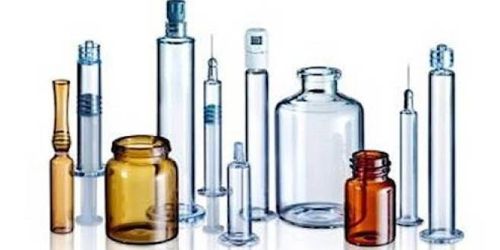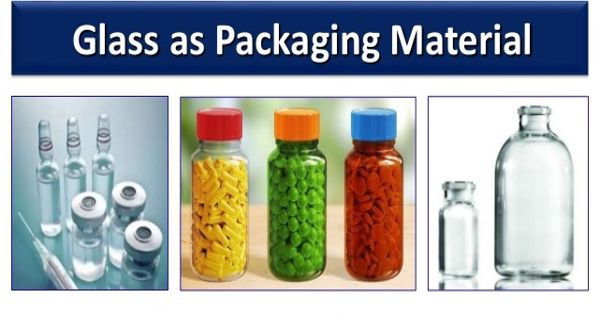The design and production of suitable packaging for medicine products are essential to ensuring the safe delivery, storage, and administration of medicinal goods, some of which may be life-saving. Pharmaceutical packaging is primarily composed of plastic or glass. Glass is also preferable due to its properties, which allow fast sterilization and visibility of the substance it holds. Here we explain how glass is used in pharmaceutical packaging and what the advantages of using it are.
Types of Glass Packaging for Pharmaceuticals
For several decades, the pharmaceutical industry has been using glass to manufacture clean and stable packaging for its wide variety of products. This firm dependency on one material was due to the diverse advantages it provides. Over the years, four major forms of glass have been produced for use in pharmaceutical packaging.
Form 1: Super resistant borosilicate glass. This form of glass is chemically inert and very resistant. Boron and aluminum-zinc molecules are used in borosilicate glass to substitute alkali and earth cations, resulting in glass that is long-lasting enough to produce heavy acids and alkali.
Form 2: surface coated with a soda-lime bottle. This form of glass is more chemically inert than borosilicate glass. Sulfur preparation is carried out on the soda-lime glass surface in order to prevent the packaging that is used to manufacture from being weathered.
Form 3: normal lime-soda bottle. This type of glass packaging is identical to type 2 glass, but it has not been processed and thus has no improved chemical tolerance.
Form 4: General function of a soda-lime bottle. Usually, this type of glass is only used to produce packaging for items meant for oral or topical use.
It is normal for glass to be colored to shield goods from ultraviolet radiation that can have an effect on their operation and efficacy. Amber and red are the most common colors used to trap damaging rays.

Advantages of Using Glass in Pharmaceutical Packaging
The use of glass in pharmaceutical containers has many advantages. First of all, glass is extremely temperature tolerant. This glass property is of great importance to the pharmaceutical industry, where products also need to be held at certain temperatures to guarantee that they are not contaminated and that their properties stay intact. Glass should also be used to preserve the maximum temperature of the products it holds.
Glass is not reactive to chemicals. It is a substance that would not jeopardize the content’s integrity, except as the outside surface gets exposed to other materials and chemicals. Pharmaceutical products consist of unique, measured mixtures of molecules. Potential exposure to these drugs presents a major danger to the individuals who are being treated for these medications. As a result, the properties of glass to be extremely non-reactive are immensely useful for its use in pharmaceutical packaging.
Certain kinds of plastics, another widely used material in pharmaceutical packaging, are reactive. This means that they cannot be used to package all sorts of prescription products since they will react with the products to be packaged. Until settling on the most suitable packaging choice, scientists examine the probability of future reactions. Since glass is non-reactive, it is always preferred as the safest alternative.
Another advantage of using glass in pharmaceutical containers is that it does not spill like some kinds of plastics (which can leak a chemical called Bisphenol A or BPA). It has been proposed that BPA contamination of pharmaceutical products can adversely affect the brain and blood pressure. Although clinical trials are yet to validate this correlation between BPA leakage and poor health outcomes, the use of glass as a pharmaceutical packaging medium reduces this risk. Glass can also be quickly sterilized and face high temperatures without denaturing, killing bacteria and germs.
Finally, glass has a variety of other properties that give it advantages as a pharmaceutical packaging material. Glass, for example, is not only robust and strong, it can also be conveniently branded and shaped into custom shapes and sizes.
Future directions on pharmaceutical packaging
Glass has many advantages as a prescription packaging tool. While some analysts expect that widely used glass and elastomeric closure systems may gradually become redundant as scientists pursue more efficient barriers to the safety of life-saving treatments, glass is likely to remain a key material in this field.
The future of pharmaceutical packaging will see eco-friendly alternatives being introduced, with recycled glass being a major material. The current emphasis is on designing solid, robust, healthy, and sustainable pharmaceutical packaging. Bottles for pills, syringes, and other prescription and medical items are expected to continue to rely on glass for decades to come.
















